ePTFE Gland Packing - An efficient Sealing Element
PTFE: PTFE comes from family of Fluoropolymer resins.• PTFE was a unique product inventedby Du Pont in 1940s, which showedvery high resistance to chemicalattacks, friction, temperature,electrical currents, as compared toany other material.• PTFE can be classified into manysub division, namely PFA, FEP,PCTFE, ETFE, etc.• Advancement in PTFE is that it canbe reinforced with various fillers,such as glass, carbon, Graphite,bronze, etc. to enhance themechanical and thermal strength of
e PTFE Gland packing : (expanded polytetrafluoroethylene), or ePTFE, a unique form of yarn widely used as a pump packing, Many of the properties of PTFE-including excellent chemical resistance and a low coefficient of friction-make it a superior material for both pump and valve packing, in both braided and solid forms. The distinction between the various braided forms, along withAnyone considering the use of ePTFE/graphite packing in a plant environment needs to know its basic characteristics
Expanded PTFE is processed from an extruded paste of PTFE powder and lubricant. After evaporation of the lubricant, the paste is stretched while heating to form the ePTFE yarn. One of the limitations of packing made from all PTFE yarns, including ePTFE, is its low thermal conductivity. Since ePTFE is an insulator, it imposes limits on maximum pump shaft speed because of poor An Effective Sealing Element ePTFE /Graphite packing tolerates a wide range of service conditions and has the capabilities inherent in PTFE while overcoming limitations of low thermal conductivity. These characteristics of ePTFE enable standardization of packing to simplify operations and improve productivity in many cases Upgrade the Equipment using ePTFE gland packing
Dissipation of frictional heat. The process of expanding the PTFE greatly improves the strength of the fiber at less mass,han the original structure. The expansion process also creates pockets of air in the microstructure that allows the impregnation of additional raw materials.
A combination of ePTFE with graphite was first introduced through a propriety process more than 25 years ago as ePTFE/Graphite fiber. Until that time, all materials used in packings were engineered for purposes other than compression packing, but most demonstrated some desirable packing attributes including natural lubricity and the ability to seal against the shaft and pump housing to prevent fluid leakage.
The aim of this combination was a packing material with improved thermal conductivity and shaft speed capability as compared with ePTFE. Since this original development, a number of other approaches to manufacturing ePTFE/Graphite fiber have been developed. The extent of property enhancement of these and all ePTFE packing is dependent upon the raw materials and manufacturing processes, as well as the construction of the braid.
ePTFE/Graphite for braided packing’s is made with three components. The first is PTFE, which provides the backbone of the structure and natural lubricity to minimize friction.
The inclusion of graphite as the second material helps to solve some of the problems associated with PTFE and ePTFE. Packings made with PTFE and ePTFE are natural insulators. When the frictional forces associated with packing begin to generate heat, this heat is trapped near the shaft. This causes the packing to harden and become abrasive to the shaft. During replacement of the packing, the shaft or shaft collar often needs to be replaced. This problem is solved by graphite and its excellent thermal properties and helps promote heat transfer away from the shaft, which extends the life of the packing and pump.
The final material is a lubricant such as silicon oil. The lubricant helps to minimize friction during start-up and break-in. The inherent ePTFE structure helps the fiber capture and retain lubricants.
One important factor to consider is how these materials are integrated into the structure. packing with graphite and lubricant dispersed throughout, instead of coated on the surface, will enable the packing to perform more effectively for a longer time.
Benefits
Since ePTFE/graphite was originally developed specifically for packing, its properties have been optimized for reliable sealing, as well as ease of braiding and installation. The benefits of ePTFE/Graphite packing include:
- Installation/Removal: The flexibility and stability of the ePTFE backbone prevents installation problems.
- Sealing performance: The combination of ePTFE and graphite delivers superior sealing and long service life due to the flexibility and strength offered by the ePTFE and the thermal properties offered by the graphite.
- Chemical Resistance: ePTFE/Graphite packing can be used across the 0 to 14 pH range except with strong oxidizers, fluorine, molten fluorides and a few others.
- Versatility: This packing can be used in a wide range of pump and valve sealing applications and service conditions including shaft speeds of 20-m/s. Applications include rotary pumps, centrifugal pumps, soot blower, mixers and any valve seeing temperatures less than 288-deg C.
SAVING RESOURCES THROUGH ADVANCED SEALING ENERGY REDUCTION
- REDUCING ENVIRONMENTAL IMPACT.
- LESS PRODUCT WASTED TO LEAKAGE.
- REDUCED SAFETY ISSUES.
- LOW EMISSION PACKING.
Advantages :
- Resists almost all chemicals
- Low – coefficient of friction in contact with most surfaces.
- Non – Contaminating, can beused as a food grade packing.
- Reacts with molten alkalis,fluorides at high temperaturesand pressures

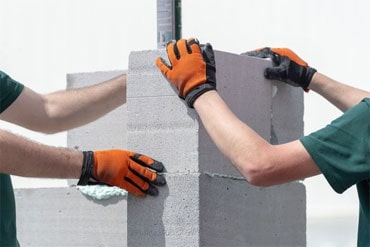 Aerated Concrete Block Industry
Aerated Concrete Block Industry  Brewery Industry
Brewery Industry  Captive Cogen Industry
Captive Cogen Industry 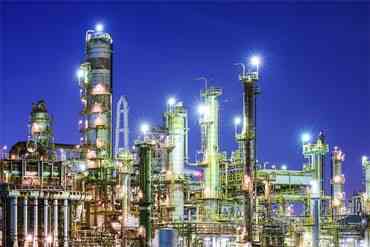 Chemical Industry
Chemical Industry  Dairy Industry
Dairy Industry 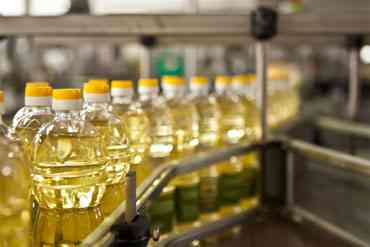 Edible Oil Industry
Edible Oil Industry  Fertilizer Industry
Fertilizer Industry  Hotel Industry
Hotel Industry 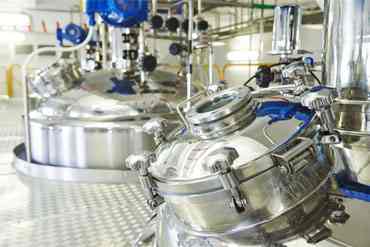 Pharma Industry
Pharma Industry 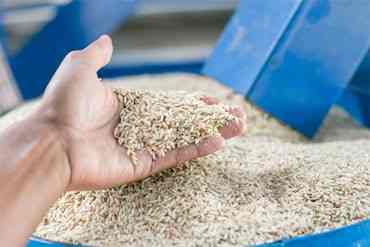 Rice Industry
Rice Industry 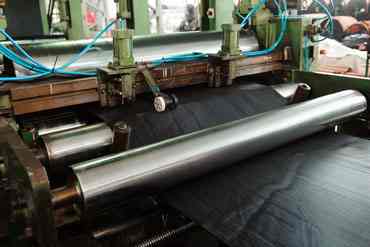 Rubber Industry
Rubber Industry 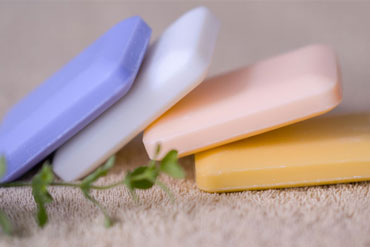 Soap Industry
Soap Industry 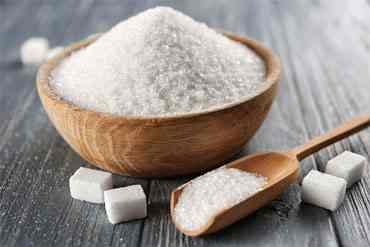 Sugar Industry
Sugar Industry 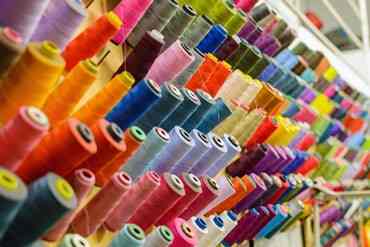 Textile Industry
Textile Industry 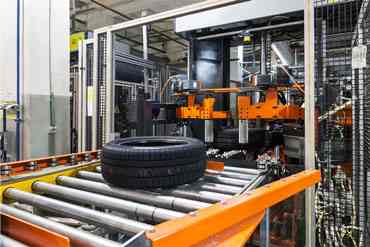 Tyre Industry
Tyre Industry